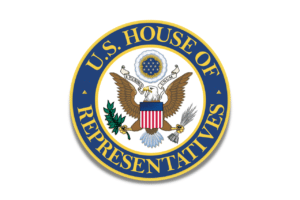On March 9, The Washington Post reported on preliminary budget documents it obtained from the Trump Administration. The documents reportedly outline a 14% cut for HUD – over $6 billion. The plan makes significant cuts to public housing capital and operating funds, HUD administered grant programs as well as various direct rental assistance programs including Section 8 and VASH Vouchers as well as the Section 202 and Section 811 Programs.
Highlights from The Washington Posts reporting on proposed cuts includes:
- Community Development Block Grant: ELIMINATED
- HOME Investment Partnership Program: ELIMINATED
- Choice Neighborhood Initiative (CNI): ELIMINATED
- Section 8: $300 million reduction
- Section 202: $42 million reduction (10% reduction from last fiscal-year)
- Section 811: $29 million reduction (20% reduction from last fiscal-year)
- Native American Housing Block Grants: $150 million reduction (20% reduction from last fiscal year)
- Public Housing Capital Fund: $1.3 billion reduction (32% reduction from last fiscal-year)
- Public Housing Operating Fund: $600 million reduction (13% reduction from last fiscal-year)
- HUD Salaries and administrative expenses: 5% reduction
Readers should remember that these reports come from “preliminary budget documents” obtained by The Washington Post. The documents have been characterized as a “working draft” by a HUD spokesman and as an “internal discussion” by a spokesman from the Office of Management and Budget.
More specifics will be known shortly — Director of OMB Mick Mulvaney announced on March 8 that a White House budget for fiscal year 2018 will likely be released on Wednesday, March 15.
What’s Next?
It is important to remember that the President’s proposed budget is just the starting point of a long and complex federal appropriations process. Once officially released, the President’s budget proposal will be assessed by both the House of Representatives and Senate. The Congress will then adopt their own budget proposals and ultimately adopt appropriations legislation to fund government programs.
It is unclear at this point if the budget documents leaked to The Washington Post will reflect the President’s final budget proposal and even more unclear as to how much weight and consideration the Congress will give the President’s funding request.
Increased Defense Spending
The reported cuts are driven in part by a recent White House announcement that it will seek to boost defense spending by $54 billion, a 3% increase from the Obama administration’s last budget proposal. This increase in spending will be offset by cuts to non-defense discretionary (NDD) spending. NDD programs essentially encompass everything except for mandatory funding programs like Social Security, Medicare, and Medicaid. Non-defense discretionary programs range from education, infrastructure, and low-income assistance, to foreign aid and veterans’ services. In FY 2015, these non-defense discretionary programs accounted for roughly $585B.


